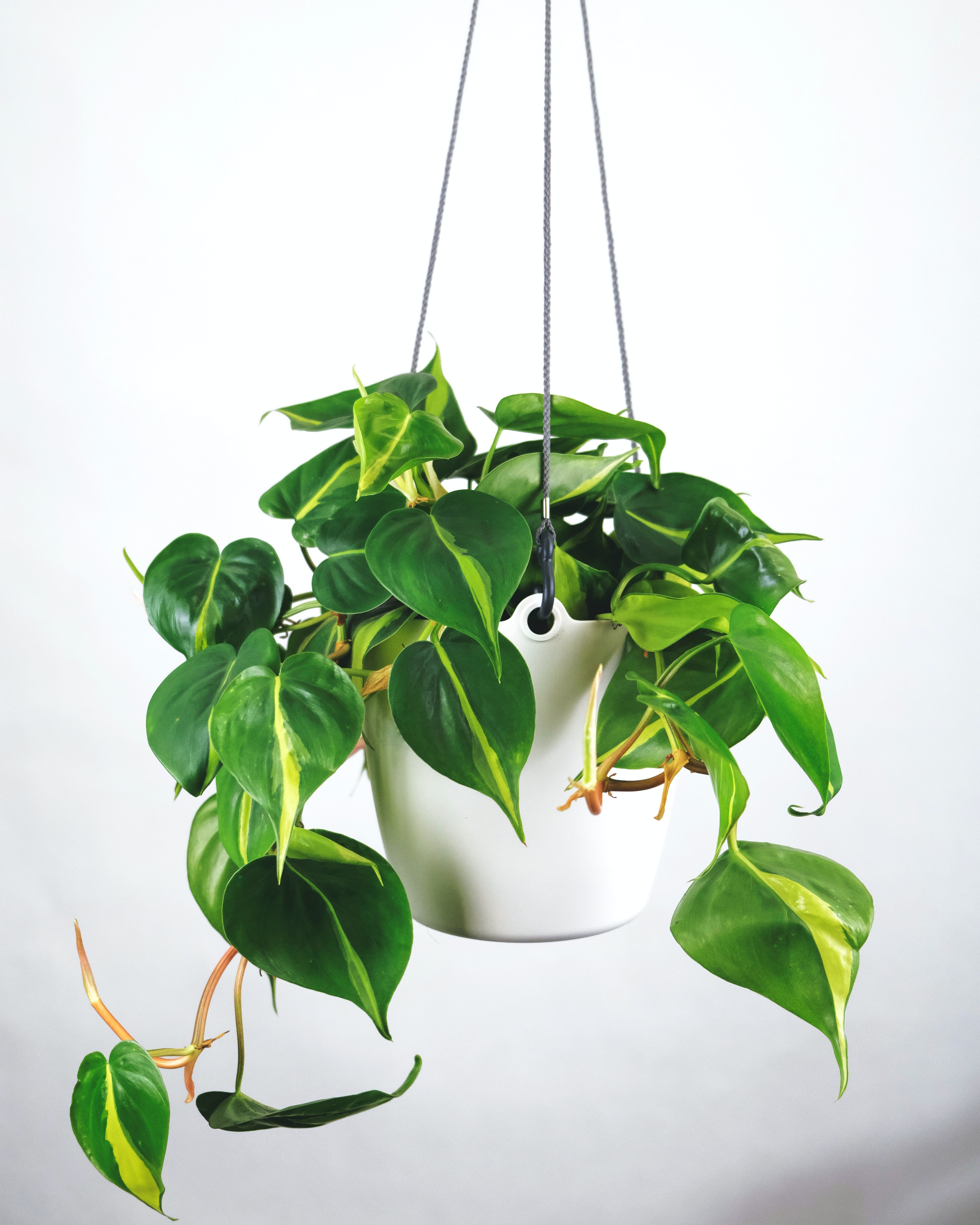
A robot arm wielding a machete controlled by a plant. That does sound a little ridiculous, doesn’t it? However, David Bowen has made an installation which is exactly like the structure I just described. The installation is called the plant machete.
The project was submitted as a DIY project to designboom. It consists of a philodendron that is connected to a control system. This system measures electrical signals in the plant, which are read and translated into the motions that are displayed by the robot arm. The robot arm is mounted on the wall and it carries the plant with patch sensors attached to its leaves. The electric signals are mapped to the joints of the robot arm, which then moves as directed by the signals. This of course also leads to the machete being swung around haphazardly.
Plant brains
The designer David Bowen wanted the plant to function as the brain. This notion led me to google if plants have brains (they don’t), which then introduced me to the science of researching how intelligent/sentient plants are, known as plant cognition. There is evidence from experiments that plants are a more intelligent life form than we assumed. However, this evidence is highly controversial, which is also highlighted in this article. It discusses the release of Monica Gagliano’s book Thus Spoke the Plant.
The article shares a short summary of information about plant cognition and an interview with Gagliano herself. As she mentions in the article, it is not about how smart a plant is or how complex the brain they possess is, because plants do not have brains or neurons. Instead, plant cognition is more about the mental capacities of plants. Think more along the lines of “to what extent can a plant react to its environment?”. The absence of a brain is generally why people think plants cannot be considered intelligent, but as Gagliano mentions in the article: “We can dig into the brain as much as we like, we also know that that’s not going to give us the entire story because the brain is just an organ–we forget that. We forget that the brain is an organ as much as my guts, or my heart, or my lungs. It’s got a function just as these other organs do.”. By saying this, she is stressing the fact that a plant’s intelligence can exist without a brain, since a brain transfers electrical signals and this can also be done by other organs. And as we know from the plant machete, plants do transfer electrical signals within their leafy bodies.
“We forget that the brain is an organ as much as my guts, or my heart, or my lungs.”
from Monica Gagliano, source: https://www.forbes.com/sites/andreamorris/2018/05/09/a-mind-without-a-brain-the-science-of-plant-intelligence-takes-root/
Final thoughts
I think it is kind of funny how the plant used for the plant machete is supposed to be the brain behind the arm, but the plant itself does not have a brain at all. However, I guess it shows that the plant is capable of performing an act that we do associate with a certain level of intelligence, at least with the help of technology. For the most part, I had never really thought about plant cognition before I encountered this installation, but I do think it is a very interesting debate. Up until now, the most I understood about how aware plants can be, was the phenomenon of when you mow grass: the smell is supposed to “warn” other plants about harm.
Regardless of the capabilities of plants and their intelligence, the installation plant machete shows some awesome innovation in the relationship between nature and modern technology. And all of that to swing a machete around!
References
The plant machete: https://www.designboom.com/design/living-plant-machete-industrial-robot-arm-david-bowen-09-30-2022/
David Bowen: https://www.dwbowen.com/
Article about plant cognition (A Mind Without A Brain: The Science Of Plant Intelligence Takes Root): https://www.forbes.com/sites/andreamorris/2018/05/09/a-mind-without-a-brain-the-science-of-plant-intelligence-takes-root/


this is so interesting, thank you for introducing this new work! your discussion about plant intelligence and plants using technology really reminded me of a plant called boquila trifoliolata which climbs up other plants and imitates the shape of the support plant’s leaves. When they experimented by having the imitating plant climb up a plastic support plant, the plant still changed its leaves to match the shape of the plastic plant, which means that the imitating plant does not get the information of the leaf shape through absorbing genetic information, but can “see” or sense the shape in some way that we still don’t understand. like this plant, I think the artwork you highlighted also demonstrates a kind of intelligence that doesn’t fit within a human understanding of a brain
“The plant-machete does not exist, it can’t hurt you” — says my therapist
Thank you for introducing this topic, and reminding me that intelligence is, again, something we defined with our human bias. Yes, we can do more with this machete than this plant, but it is because this machete is designed by us for us. The plant is in an unfair situation.
It’s good to sometimes remember that not everything is about us, and that other forms of life aren’t “dumb” because they can’t do what we do.